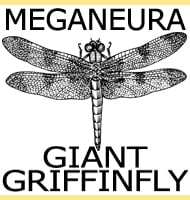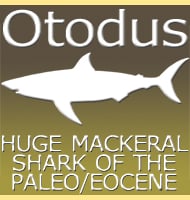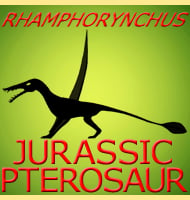In Depth
The holotype fossils of Kayentavenator were originally described as Syntarsus kayentakatae until later study declared them to represent a distinct genus of theropods (additionally Syntarsus has now been declared a synonym of Megapnosaurus). Not a lot can be said for Kayentavenator because the skeletal remains are incomplete and of a juvenile dinosaur; combined together this has resulted in a lot of speculation of if’s, but’s and maybe’s. One tantalizing theory however is that Kayentavenator may actually be what is termed a tetenuran theropod. Tetatnurans are more loosely termed stiff tailed theropods, but include many of the more famous genera such as Tyrannosaurus, Allosaurus and Spinosaurus. If this interpretation is correct then Kayentavenator will be known as one of if not the first tetanuran theropod from North America.
Kayentavenator was recovered from land on the Navajo Reservation of Arizona from a fossil deposit that has been identified as part of the Kayenta Formation. Other dinosaurs from this formation include Sarahsaurus and Scutellosaurus which may have been prey items for larger and fully grown Kayentavenator. The aforementioned Megapnosaurus is also present in this formation and may have been a predatory rival to Megapnosaurus. Perhaps of most importance to the survival of Kayentavenator is the presence of Dilophosaurus, a relatively large (by early Jurassic standards at least) theropod that is so far the largest predator discovered from the Kayenta Formation, and one that probably thought nothing about including smaller theropods like Kayentavenator into its diet.
Further Reading
– Kayentavenator elysiae, a new tetanuran from the Early Jurassic of Arizona. Notes on Early Mesozoic Theropods 27-43. – Robert Gay – 2010.









